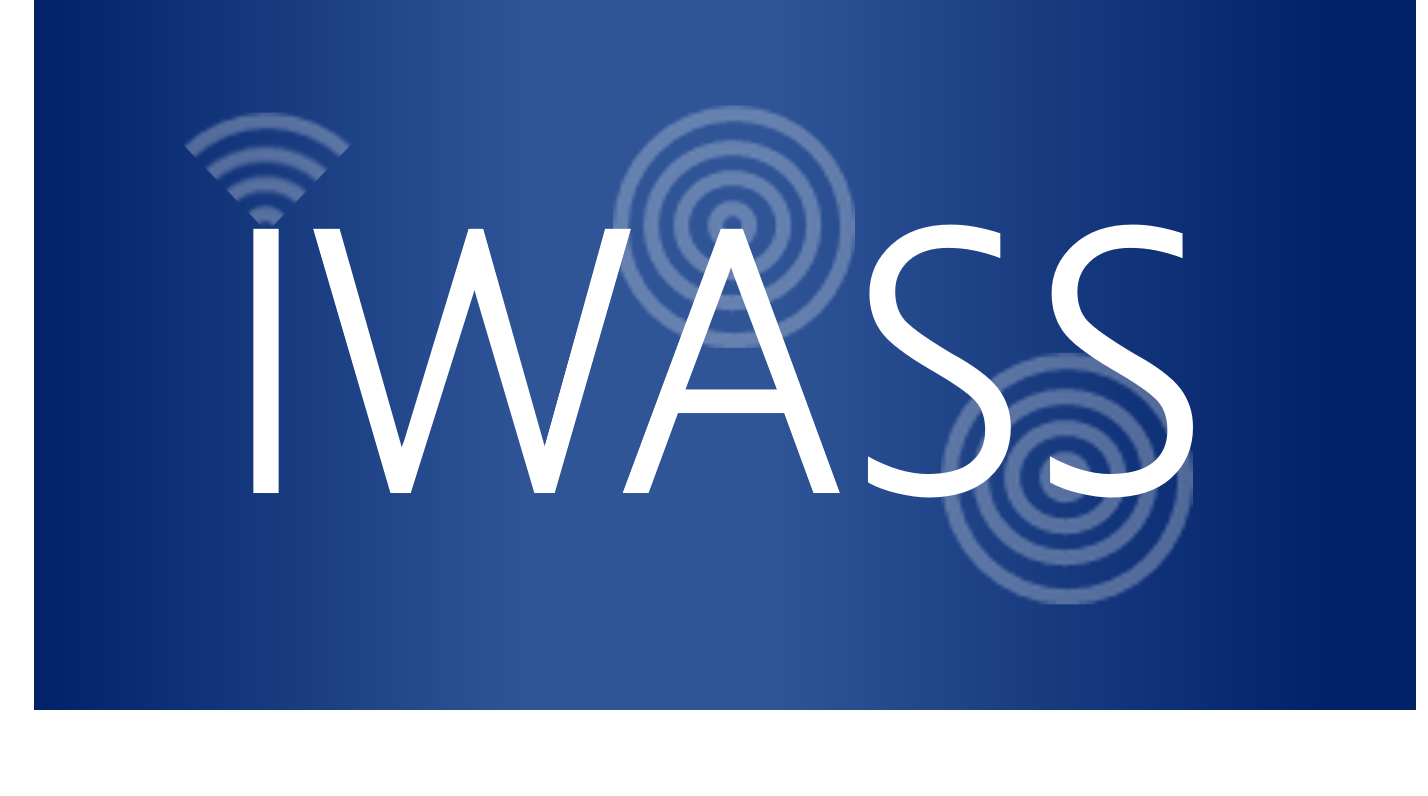Natural Gas Infrastructure Safety and Integrity, Seismic Risk Assessment and Enhanced Training
/Project Goals
Developing a risk assessment methodology that quantifies the earthquake ground motion, fault displacement hazard, landslide and liquefaction risks for California gas infrastructure (i.e. gas pipeline and natural gas storage);
Create a tool that utilizes the risk assessment methodology to help identify, prioritize, and mitigate earthquake both before and after a seismic event is detected.
Benefits Of This Project
There are four market segments for the risk assessment tool: IOUs, oil and gas transmission pipeline companies, academia, and pipeline risk consultants.
Additional benefits:
Economic: The risk assessment tool will reduce the need for costly site-specific risk assessments and help decision makers determine the most cost-effective means to achieve acceptable seismic performance.
Increased safety: Improved understanding of seismic threats to pipeline and storage systems and effective mitigation measures will help decision makers reduce the probability of failure.
Environmental: Increased reliability of pipelines and storage systems resulting from the use of the tool developed in this program will decrease the likelihood of excessive greenhouse gas emissions.
Energy security and public health benefits: The risk management practices facilitated by the tool developed in this project lead to a reduction in pipeline failure and a decrease in the potential for unacceptable interruptions in gas necessary for homes, communities, power generation, and critical facility customers (e.g., hospitals, airports, emergency shelters).


